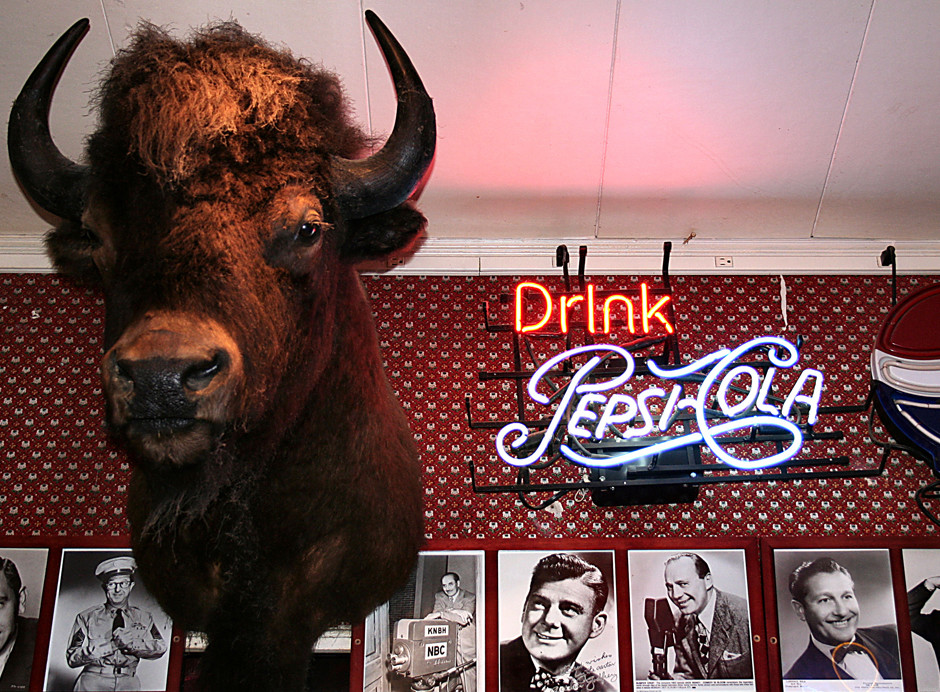It’s time to put on our thinking caps as Andy Bellatti, MS, RD is back with more on food politics. This series was started as a way to open up honest communication about injustice, food politics, and the food we decide to put in our grocery carts. Today he is educating us on front groups.
If there is one thing the food industry pays an exorbitant amount of attention to, it’s public relations. It isn’t enough to shell out top dollar for top advertising, marketing, and media relations executives; industry has gone as far as creating large teams solely to track social media trends, hone in on what critics are saying, and engage in damage control.
Industry is well aware that public perception can tremendously hurt or benefit profits (and that building “brand loyalty” among the general public can pay off in the longrun). So, what do you do if you are a Big Food player who wants to maintain an image of “being part of the solution” while simultaneously battling public health interests that can hurt your bottom line? You hide behind a front group.
Much like vermin, food industry front groups have quickly proliferated over the past few years. Of course, no article about front groups can leave out the most notorious and behemoth of all — Rick Berman’s Center for Consumer Freedom (CCF), a Washington-based front group that lobbies on behalf of food, liquor, and tobacco industries.
Alas, CCF is far from the only industry front group out there. Big Food and Big Soda have take a multi-pronged approach and helped fund a variety of these organizations and think tanks, including the Grocery Manufacturers Association (GMA), the American Beverage Association (ABA), the International Food Information Council (IFIC), the International Life Sciences Institute (ILSI), and the Food Marketing Institute (FMI), to name a few.
GMA and FMI were behind 2011’s “Facts Up Front”, a front-of-package labeling scheme — which was deceptively framed as having the support of First Lady Michelle Obama — meant to promote highly processed products.
IFIC and ILSI, meanwhile, have ties to many health organizations. IFIC hosts educational sessions every year at the Academy of Nutrition and Dietetics’ annual conference. Considering that IFIC receives funding from the likes of Coca-Cola, PepsiCo, McDonald’s, and Monsanto, it is not at all surprising that two years ago, their presentation consisted of one of their mainstay health professionals – Dr. Roger Clemens telling an audience of registered dietitians that pesticides are completely safe, while occasionally mocking and denigrating non-profits that promote organic and sustainable agriculture.
The American Beverage Association has actively fought any public regulation that would harm the bottom line of beverage companies — including soda taxes and portion size limits.
Every food advocate must be aware of these front groups. It’s important to not only familiarize yourself with who funds these groups. but also to be familiar with their tactics (i.e.: framing health and diet solely as “personal responsibility”, dismissing any scientific study that portrays ingredients in hyper processed foods as problematic, focusing solely on calories and ignoring ingredient quality).
Earlier this year, the Center for Food Safety released a report titled “The Best PR Money Can Buy”, which details more food and agriculture front groups. I highly recommend it as a starting point that can be used for further digging. Another helpful reference: the Center for Media and Democracy’s Sourcewatch wiki.
Remember, front groups are masters at slick PR, employing rhetoric that sounds science-y enough but is really just corporate talking points, and hiring charismatic speakers who can have a room of health professionals in stitches while telling them that organic agriculture is nothing but a joke. This element of apparent innocuousness is precisely what makes them so dangerous.
Have a question or comment for Andy? Speak up below!




fascinating and annoying how much money they spend on getting their agendas through
It truly is. It’s also a good reminder to be on our toes and take a look at who is saying what (and why!).